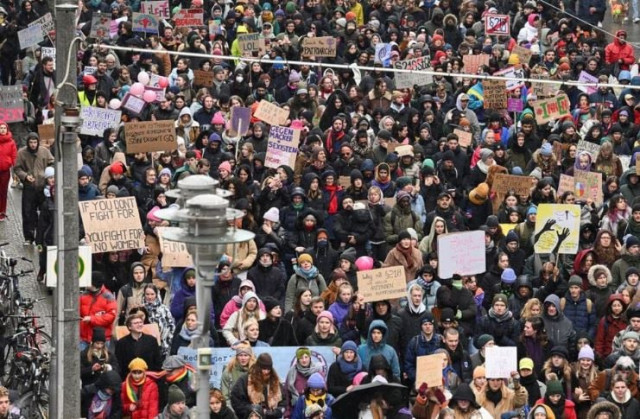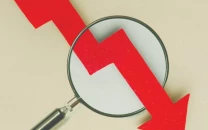A man's world: gender parity will take more than five generations
WEF's report notes gender disparity in economic opportunities, education, political empowerment, health and safety

Global gender parity is going to take more than five generations to achieve, as women still lag far behind men in the economy and politics and surging inflation last year disproportionately hurt their financial health, findings by the World Economic Forum (WEF) and equality experts show.
Several investors and regulators are pushing for corporate diversity, but data from the WEF shows it will still take 132 years to reach global gender equality in general versus a projected 136 years in 2021.
The analyses of the data in the WEF's Global Gender Gap report takes into consideration gender disparity in economic opportunities, education, political empowerment, health and safety.
Women also lost around $800 billion in income globally due to the COVID-19 pandemic, BofA Global Research said in a separate report, as almost half of those employed work in informal sectors, which saw sharp pay cuts since COVID. Many also increased the time spent on childcare during lockdowns.
Social unrest in Iran and the war in Ukraine - which exacerbated inflation as commodity prices soared - kept many girls and women out of school and work, it added.
Also read: #TribuneEmbracesEquity takes twitter by storm
The income and family responsibility disparities, coupled with a higher cost of living for women than men, mean women are at an even greater risk of real wage losses, said Dimple Gosai, head of US environmental, social and governance (ESG) at BofA.
"We now fear post-pandemic inflation is threatening to wipe out the progress women have achieved," she said.
Rising childcare costs outpacing income growth "is a significant barrier preventing women from getting into, remaining and progressing in the labour force", Gosai said.
Women are also facing disproportionately higher costs for some products than men. In the United States, personal care products are 13% more expensive for women while in Britain, prices for formal shoes have increased 75% versus those for men, BofA data showed.
Globally, women's participation in formal labour has made little progress over the last three decades, JP Morgan said, accounting for just under 47% of the labour force compared to 72% for men while they still perform on average 76% of all unpaid care work.
Women in developing countries are the most vulnerable. But there are still large pay differences everywhere, even in the world's richest economy, as women and minorities have lower representation in "high-paying" US industries and jobs that are less affected by inflation pressures, such as technology or finance, BofA said.
An index on women's financial health compiled by investment services firm Ellevest shows that women in the United States are in their worst financial shape since 2018.



















COMMENTS
Comments are moderated and generally will be posted if they are on-topic and not abusive.
For more information, please see our Comments FAQ